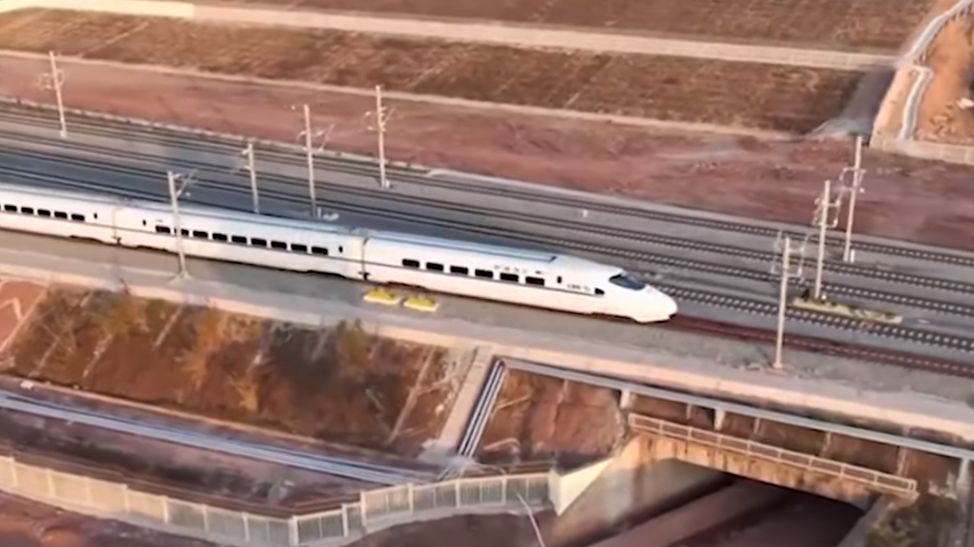Tan Son Nhat Airport in the days leading up to Tet from the 24th of the last month has been severely overloaded both inside and outside the airport. The international terminal is packed with people welcoming those returning from abroad; from the 22nd to the 24th of the last month, this airport operated over 1,100 flights, of which 659 flights were delayed, accounting for nearly 60%. There are numerous images of passengers frustrated due to delayed flights, waiting in the terminal, while during the peak Tet days from the 22nd to the 26th of the last month, the railway sector organized 83 passenger trains departing from Saigon Station, with a total of about 360,000 tickets sold by the railway sector.
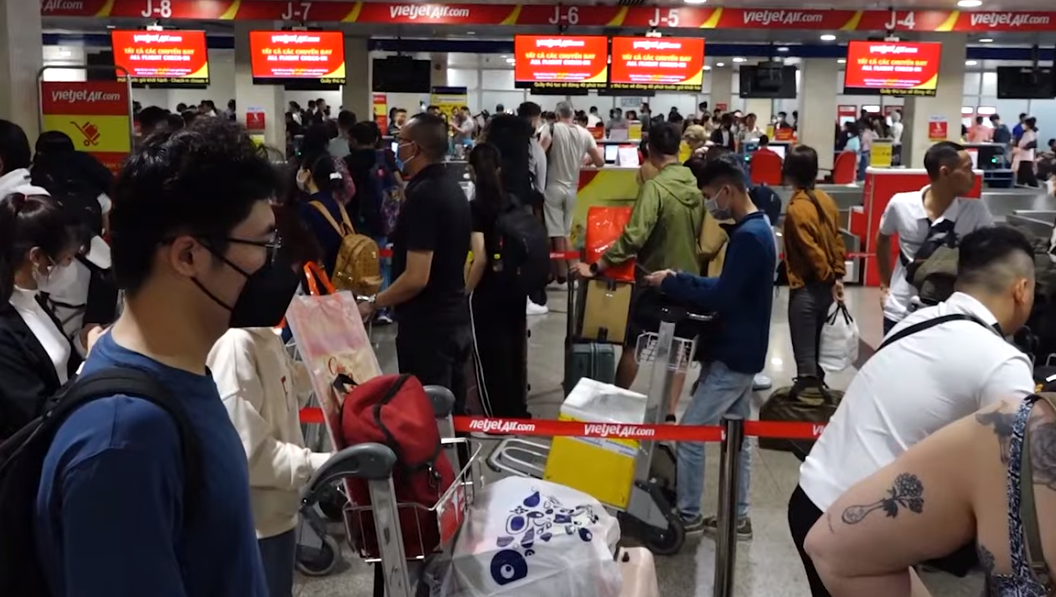
The roads are also overloaded, with the Ken ferry terminal crowded with people causing long traffic jams at the gateways to Ho Chi Minh City and on the highways to the eastern and central regions. The increasing number of people purchasing cars has led to congestion on several highways. The overall picture of the spring transport shows that the transport sectors cannot withstand the pressure of people traveling during Tet, even though many North-South highways have been put into operation in recent years. Of course, planners cannot anticipate the excessively high volume of passengers traveling during Tet.
In China, despite having a very modern transportation system, it also cannot withstand the travel demand during the spring festival, which is dubbed the largest annual migration in the world. However, it must be acknowledged that the planning and modernization of Vietnam's road system is quite slow. National Highway 1A was only upgraded after 2000, which is a shortcoming in the very limited vision of the transport sector. From 2015 onwards, most of National Highway 1 has four lanes, but some sections have not yet been upgraded. Meanwhile, the central highways connecting the Central Highlands, especially in the Mekong Delta, have been planned but construction is quite slow.
To date, many regions still lack connecting highways, and under such transport pressure, alongside the goal of completing 3,000 km of highways by 2025 as Prime Minister Pham Minh Chinh has committed to the transport sector, the construction of the North-South high-speed railway is an extremely urgent project. This is just a perspective for this year's large spring transport, while economically, the high-speed railway will change the socio-economic landscape of the entire country.
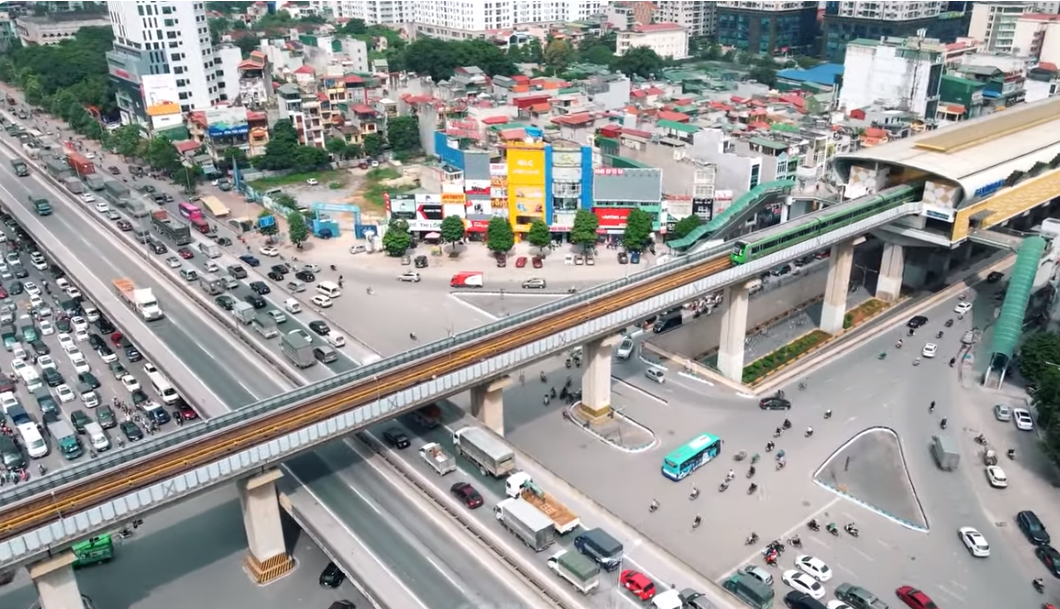
High-speed trains have long played a vital role in the logistics and transport sectors of many developed countries. The ability to transport passengers and goods quickly over long distances, as well as reduce congestion on highways, is just a few of the invaluable benefits that high-speed rail brings. The capacity to transport people and goods quickly on the high-speed rail network is particularly important for Vietnam. This innovation is not only convenient but also an urgent economic necessity. As of 2022, the national railway network spans over 3,300 kilometers, of which only over 2,600 kilometers are main lines, while more than 515 kilometers are station and branch lines. This railway network was initiated by the French in 1881 and completed in 1936. Since then, there has been no new construction, and the 1-meter gauge still accounts for over 80% of the total length, a gauge that only exists in a few other countries like Cambodia and Thailand.
Clearly, Vietnam needs to replace this old and outdated railway line with high-speed rail to have a fast and reliable means of transporting goods, ensuring timely delivery of products. This helps improve production efficiency and the supply chain, save costs, and enhance competitiveness in the global market. Building a high-speed rail network will significantly improve Vietnam's connectivity with neighboring countries. This will make trade and transport links with Cambodia, Laos, and China more efficient. From there, it positions Vietnam as a logistics and marketing hub in the region, and the potential for real estate development near railway stations is another economic impact that helps increase asset value and investment opportunities.
The increasing preference of the people for traveling by high-speed train also contributes to reducing traffic congestion, lowering highway maintenance costs, and enhancing road safety. Shortened travel times also make tourist destinations more accessible and attractive. From an environmental perspective, the high-speed rail network is a step forward in Vietnam's sustainable development journey. Providing an environmentally friendly and energy-efficient mode of transport will contribute to reducing the country's carbon emissions. Reducing the number of cars on the roads as well as the demand for short domestic flights will lead to lower greenhouse gas emissions. This urgency to build the North-South high-speed railway and the acceleration of the largest project ever in Vietnam has been pushed forward.
Specifically, in the period of 2026 - 2027, Vietnam aims to have 3,000 km of highways by 2025 and increase to 5,000 km by 2030. Railway infrastructure, especially the North-South high-speed railway investment project, will be invested to complete the multi-modal transport network, thereby enhancing national competitiveness. At the end of November 2023, the Ministry of Transport sought opinions on three scenarios for the North-South railway, and the discussion on which option to choose for this project continues to be a hot topic. This is understandable after the lessons learned from past projects that were prolonged and over-budget, still lingering as a cautionary tale.
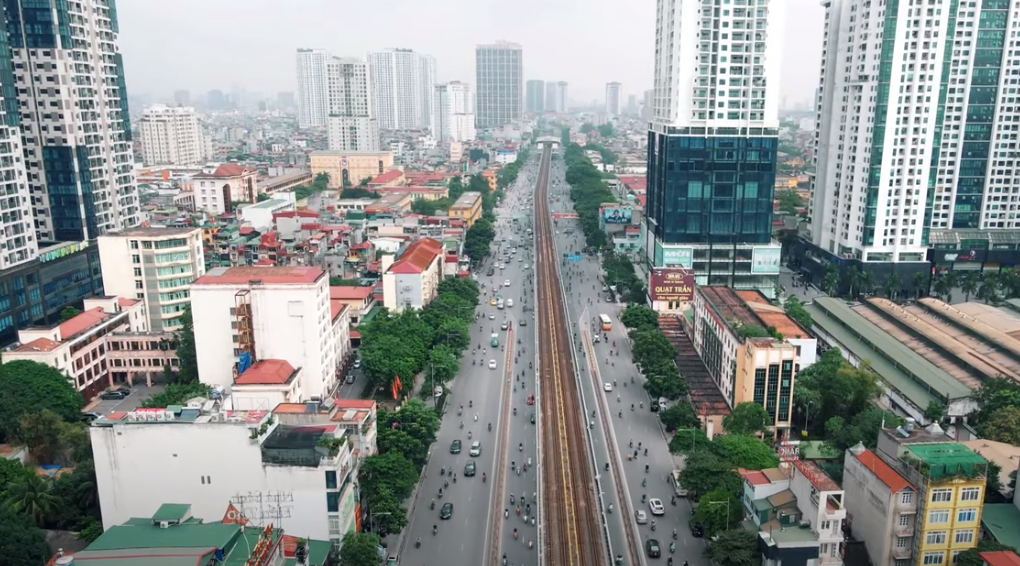
The lessons we have to pay a high price for stem from insufficient research. For example, the Hanoi urban railway project, the Cat Linh - Ha Dong line, was initially approved with a total investment of 552.96 million USD, but later the budget was increased to 868 million USD. One of the reasons for the budget overrun is that the project was expected to be put into operation in 2015 but had to adjust the schedule multiple times until 2021 before it was commercially operational, or the Hanoi urban railway project, line 3 from Nhon Station to Hanoi Station, was planned to be operational by the end of 2018.
However, the commercial operation date has not yet been finalized, and this project has also been proposed to adjust the budget to nearly 33 trillion VND, an increase of over 14.5 trillion VND compared to the initially approved budget. For the North-South high-speed railway, the Ministry of Transport has proposed three scenarios, of which the first scenario is to build a double track, with a gauge of 1,435 mm, a length of 1,545 km, and a design speed of 350 km/h. The load capacity is 17 tons per axle, only operating passenger trains. The existing North-South railway line will be upgraded to transport both tourists and short-distance passengers, with a total investment of about 67.32 billion USD.
The consulting unit evaluates the advantages of this scenario as lower land clearance and investment costs compared to the other two options. However, there is no capacity to increase if the freight transport demand on the existing railway line is overloaded. The second scenario is similar to the first scenario, but the main difference is that it operates both passenger and freight trains, with a design speed of 200 to 250 km/h, and freight trains running at a maximum of 120 km/h.
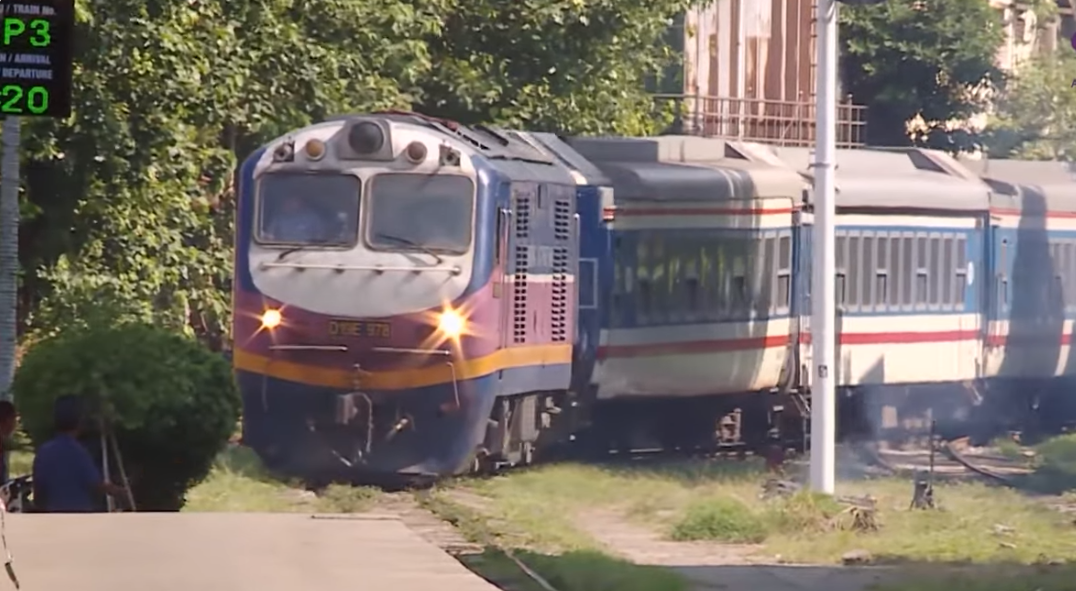
The existing North-South railway will also be modernized to transport goods, tourists, and short-distance passengers. The total investment according to this scenario is about 72.2 billion USD, with the advantage of transporting both passengers and goods on the same line, facilitating international intermodal connections. However, the disadvantage is the low travel speed. The final scenario also combines both passenger and freight transport when needed, increasing the design speed to 300 km/h. The total investment for the project is 68.9 billion USD; if infrastructure and equipment are invested to operate additional freight trains on this line, the project investment will be about 71.6 billion USD. With this scenario, the North-South railway will be completely renewed, with 60% being bridges, 10% tunnels, and 30% running on the ground.
In addition, it is necessary to procure 74 sets of distributed power trains with nearly 1,200 carriages, transporting about 133.5 million passengers per year and 20 million tons of goods per year. The advantage of scenario 3 is that the freight trains are dedicated to passengers, so they are fast, comfortable, and safe, with the ability to compete with other means of transport. This option also allows the new railway line to have the capacity to transport goods in case the capacity of the existing North-South railway is overloaded, but the disadvantage is the high investment cost and the significant speed difference between passenger and freight trains, which reduces throughput capacity.
Choosing which scenario to pursue is an extremely challenging topic because if we do not anticipate situations and reflect on the lessons learned during the construction process, the story of budget overruns, price increases, and project delays will repeat itself in the future. The benefits of investing in the North-South high-speed railway are almost beyond debate, but a project costing tens of billions of dollars, accounting for a significant percentage of GDP, will leave many socio-economic consequences if carried out hastily without careful consideration and a thorough strategic plan. Therefore, although this is an urgent project, it is more important than ever to approach it with caution, not only to ensure the effectiveness of a project for the economy but also to restore public trust.
